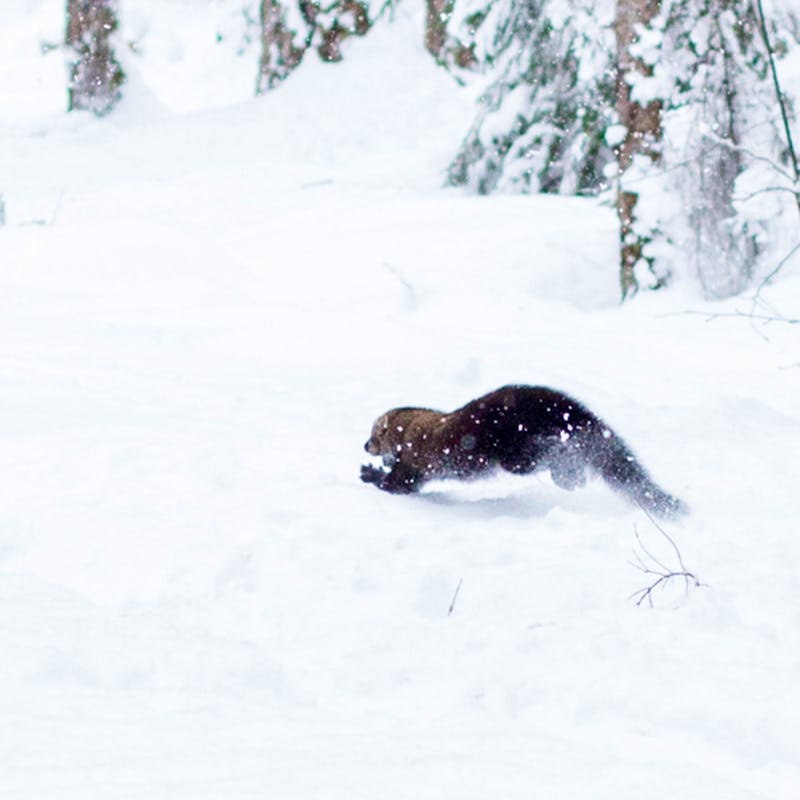BREAKING: Endangered Mexican gray wolf population grows for first time in four years
TUCSON, Ariz. (February 2, 2011) – The number of endangered Mexican gray wolves in Arizona and New Mexico has grown for the first time in four years, federal wildlife officials announced today. The fragile population is up to at least 50 wolves and 2 breeding pairs, an increase of nearly 20 percent from this time last year.
These numbers are still below the historic high of 59 wolves in the wild in 2006. But the recent growth signals that policy changes, including an end to excessive wolf removals and a reassertion of leadership for the recovery program by the US Fish and Wildlife Service, are beginning to turn the tide for the Southwest’s wolves.
The following is a statement from Eva Sargent, Defenders of Wildlife’s Southwest program director:
“This is promising news for Mexican wolves, but the Southwest’s wolves still face many obstacles on the road to recovery. The U.S. Fish and Wildlife Service must take advantage of this opportunity and do everything it can to continue growing the population, including releasing more wolves into the wild. New wolves will help strengthen packs and refresh gene pools, giving the population a better a chance at survival.
Despite slowly growing numbers, the wild population of Mexican wolves is still extremely fragile. The Fish and Wildlife Service must move quickly to complete a recovery plan that builds on last year’s success.
“Over the past year, the Fish and Wildlife Service has taken steps to correct the problems with its Mexican wolf recovery program. It has assembled a team of scientists and stakeholders to draw up a new recovery plan, established a fund to help livestock owners avoid conflicts with wolves and to compensate for losses, and has gotten rid of inflexible rules leading to too many wolf removals.
“Despite slowly growing numbers, the wild population of Mexican wolves is still extremely fragile. The Fish and Wildlife Service must move quickly to complete a recovery plan that builds on last year’s success.”
What Defenders Is Doing
Learn more about our coexistence work.



